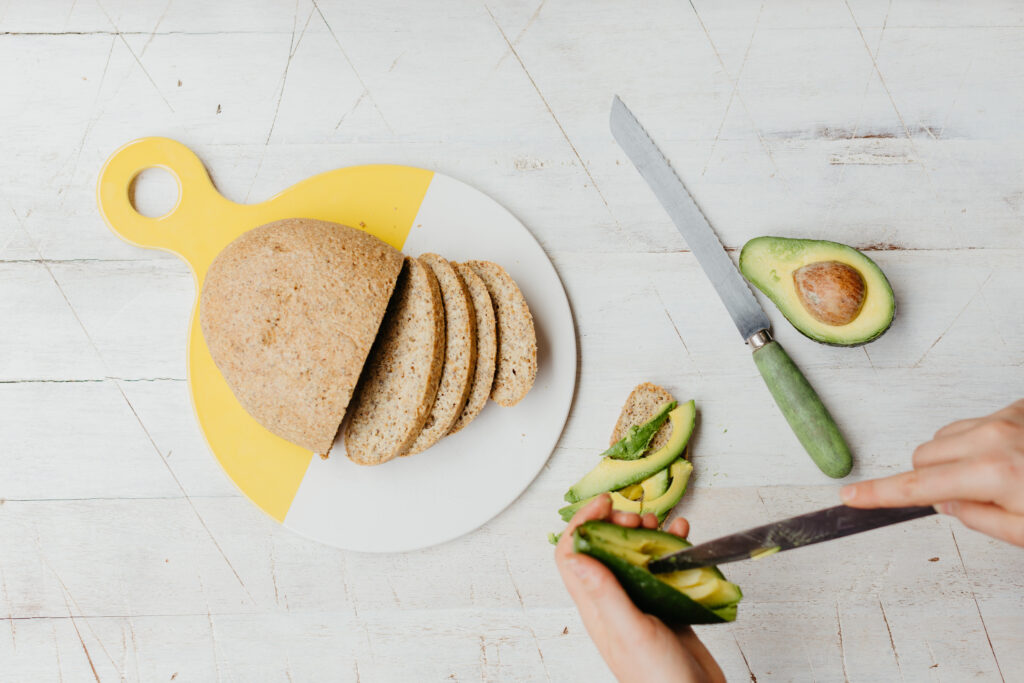Have you ever wondered if a collagen supplement is worth all the hype? Collagen has certainly become a strong trend in the health and wellness space. You can buy it in a powder, capsule or tablet, and now in an array of foods, including our collagen cookies! As a nutritionist I clearly think it’s worth the hype, otherwise it wouldn’t have made it into our cookies! However, I do think that collagen is talked up to promise a whole lot more than it sometimes delivers. Is it good for skin health? Yes it is, but only if your body doesn’t require the nutrients from collagen for something else. You can’t pick and choose where collagen goes into the body, it simply doesn’t work like this.
Read on to understand how collagen is digested in the body and what the body utilises it for.
It’s all about the amino acid glycine
Collagen is made from animals, usually from bovine or marine sources. Your body doesn’t absorb collagen as a whole, it digests collagen as a protein, into various amino acids. These amino acids are absorbed in the gut and then transported throughout the body to where they are needed. Collagen is especially high in an amino acid called glycine. In fact, most of the hype surrounding collagen is due to the glycine that the collagen contains!
Glycine is found in our skin, muscle tissue and the connective tissue of our joints. Glycine is essential for many different parts of the body, for muscle function, cognitive function and metabolic functions, to mention a few. Research has shown glycine can be beneficial for the following:
Sleep
Glycine helps improve the quality of your sleep through boosting serotonin production, which helps people fall asleep faster and spend more time in the REM part of their sleep cycles.
Gut health
Glycine promotes the rebuilding and healing of the tissues that line the gut and can assist with conditions such as leaky gut syndrome, IBS, Crohn’s and ulcerative colitis.
Joint health
Glycine slows down the loss of cartilage in joints and promotes the growth of connective tissue that keeps joints flexible. It is also very effective at suppressing inflammation.
Performance & Recovery
Glycine helps build lean muscle mass, prevents muscle wasting and loss, and also plays a role in the production of human growth hormone.
Skin health
The body will use glycine to build its own collagen which it will use to maintain skin health and protect the skin from signs of aging.

How can you include more collagen into your diet?
- Food to Nourish Protein Cookies, these use a good quality collagen powder, from grass-fed sources, as the key protein source.
- Cook your animal protein on the bone. For example, lamb shanks, osso bucco or slow cooked roast chicken. We’re very quick to isolate the muscle meat component of the animal and discard the bones and other gelatinous parts of the animal. But this is where the good stuff is! It provides a balanced amount of the amino acids glycine and methionine, as well being a rich source of minerals and bone marrow.
- Make your own bone broth or add a good quality bone broth concentrate to your meals. I’m an avid user of Gevity Rx, a concentrated bone broth, and I’ll add this to most of my dishes now. I also freeze leftover bones from dinner, ie a chicken carcass or lamb bones. Then when I have a bag full I make a batch of bone broth. I like to reduce my bone broth so that it becomes more concentrated. I then freeze this in an ice cube tray. Then it’s very simple to pull an ice cube of broth from the freezer and add it to a meal.
- Add a plain collagen powder to your smoothie or baked goods. I’ll often add a couple of tablespoons of plain collagen powder to our pancake mix to up the protein content. It doesn’t have any flavour so goes unnoticed.

















